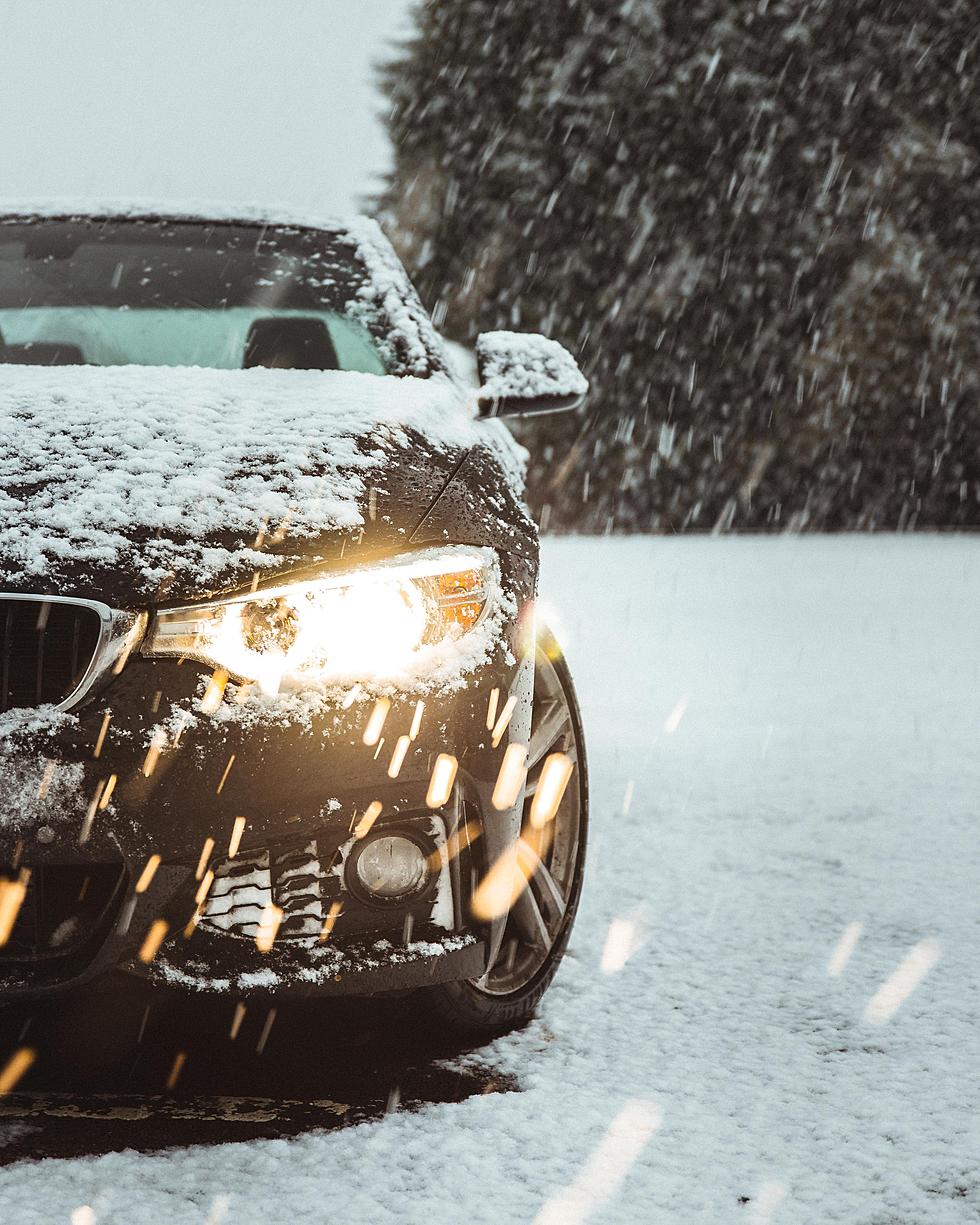
What’s the Difference Between RWD and AWD and How Does it Affect Driving in Snow?
When I bought my car, I didn't even know if it was RWD or AWD, or what difference it made. This is actually quite a big deal when it comes to driving in snow and ice.
As I watched the pretty snow fall this morning, I felt my anxiety start to kick in. I know that my car is basically a sled, even with just a dusting of snow. My car has RWD, and if you are like me, you're probably wondering what those three letters have to do with driving in snow.
What is RWD?
RWD is car talk for Rear Wheel Drive. Here is the definition according to AutoTrader.com;
In a traditional gasoline-powered RWD car, the power goes from the engine to the rear wheels. The engine produces power that is sent through the transmission, turning a driveshaft. The driveshaft turns a differential, which is what finally sends power to the rear wheels.

Basically, a lot of pickup trucks have RWD for towing. Sporty cars have RWD so that we can drive faster on dry roadways. When comes to wet, snowy, and icy conditions, rear-wheel drive is no Bueno.
What is AWD?
AWD stands for All-Wheel drive. So, all of the wheels drive, but what does it mean? According to KBB.com;
All-wheel drive is a drive system automatically sending engine torque back and forth between the front and rear wheels. The idea is to maintain optimum traction. When the AWD system senses wheel slippage on one or both primary drive wheels, it shifts some engine power to the other set of wheels.
Oh, well that makes more sense. It doesn't mean that we can't drive in the snow if you also have a RWD car.
KEEP READING: Get answers to 51 of the most frequently asked weather questions...
LOOK: Here are 25 ways you could start saving money today
More From My WJLT 105.3









